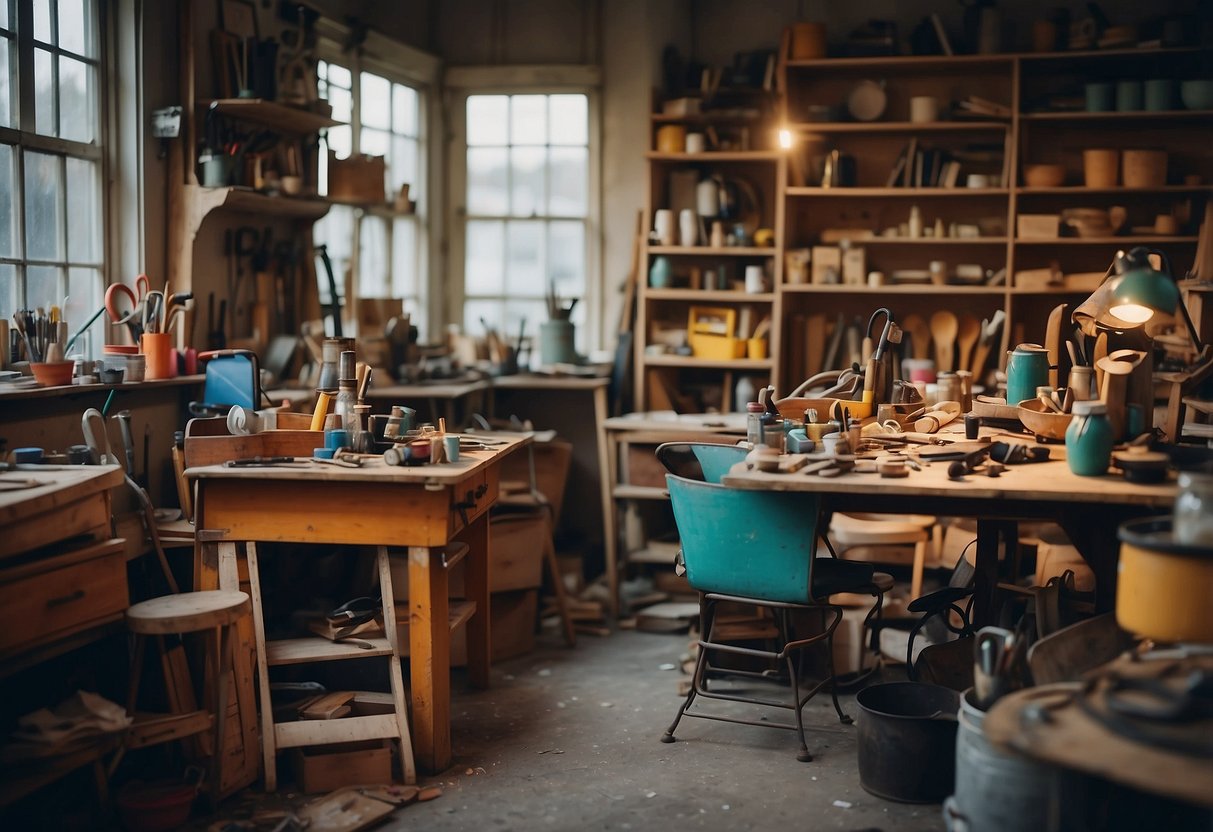DIY Furniture Makeovers: Cost-Effective Ways to Revamp Your Space
Creating Unique Furniture Designs

Both decoupage and gold leaf application are effective techniques for creating one-of-a-kind furniture designs.
Implementing Decoupage
Decoupage involves layering materials such as paper cutouts onto the surface of a furniture piece. This method allows for a wide range of personalized designs, making it suitable for transforming old furniture into a statement piece. First, clean the surface and apply a base coat of paint if necessary. Next, carefully cut out decorative paper or fabric to fit your design idea.
Apply a layer of decoupage glue to the back of each piece and place it on the furniture. Once all pieces are in place, apply additional layers of glue over the top to seal it. Each layer should be allowed to dry completely before adding the next. This technique not only adds visual interest but also protects the surface of the furniture.
Applying Gold Leaf Details
Gold leafing can add a touch of luxury to any furniture piece. Begin by preparing the surface, ensuring it is smooth and clean. Apply a special adhesive size to the areas where the gold leaf will be placed. Wait until the adhesive becomes tacky, which usually takes about 15 minutes. Carefully place the gold leaf onto the adhesive.
Use a soft brush to gently press and smooth the gold leaf, ensuring it adheres well. Continue to layer and smooth out until the desired coverage is achieved. If there are gaps, apply more adhesive and repeat the process. The final result is a striking, metallic accent that elevates the furniture piece to a new level of sophistication.
Transforming Bedroom Furniture
Updating bedroom furniture can give the space a fresh look without a full overhaul. Focus on dressers and bed frames to see substantial changes without a hefty price tag.
Dresser Makeover Ideas
Changing the appearance of a dresser can be achieved through several methods. Start by repainting the dresser to match the room’s color scheme. Choose between a solid color for a modern look or a distressed finish for a vintage feel. Use stencils or decals to add patterns or designs.
Replacing hardware is another simple yet effective strategy. Swap out old knobs and handles for more contemporary or stylish options. Consider adding new legs or feet to change the dresser’s height or overall stance. For a final touch, line the drawers with decorative paper for a polished interior look.
Revitalizing Bed Frames and Headboards
For bed frames and headboards, paint can again play a vital role. A coat of paint can completely alter a bed frame’s appearance, making it either the room’s focal point or a complementary piece. Fabric is also an excellent choice for headboards. Upholster the headboard with a chosen fabric to add texture and softness.
Adding trim or molding can upgrade a plain headboard. Install lighting on the headboard for a functional and stylish addition. Swap out plain bed slats for decorative options or even reclaimed wood to add personality. These changes not only enhance the visual appeal but can also increase comfort and functionality.
Innovative Ideas for Living Spaces
Learn how to breathe new life into old furniture by transforming vintage tables into modern masterpieces and repurposing entertainment centers with unique upcycling techniques. These creative solutions bring style and functionality to any living space on a budget.
Modern Makeovers for Vintage Tables
Giving vintage tables a modern twist can drastically improve their appeal. For a mid-century modern look, consider refinishing the wood with a dark stain and adding sleek, angled legs. This style emphasizes clean lines and simplicity, making it perfect for side table makeovers.
Painting the table in a bold, solid color can also make a dramatic difference. Use high-quality paint and finish with a protective coat to ensure durability. Adding geometric patterns or stenciling designs onto the tabletop offers a contemporary flair without overwhelming the piece. Replacing the old hardware with modern, minimalist handles or knobs can enhance the overall aesthetic.



